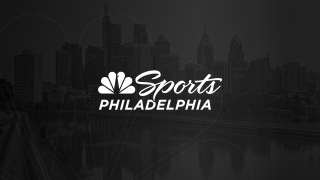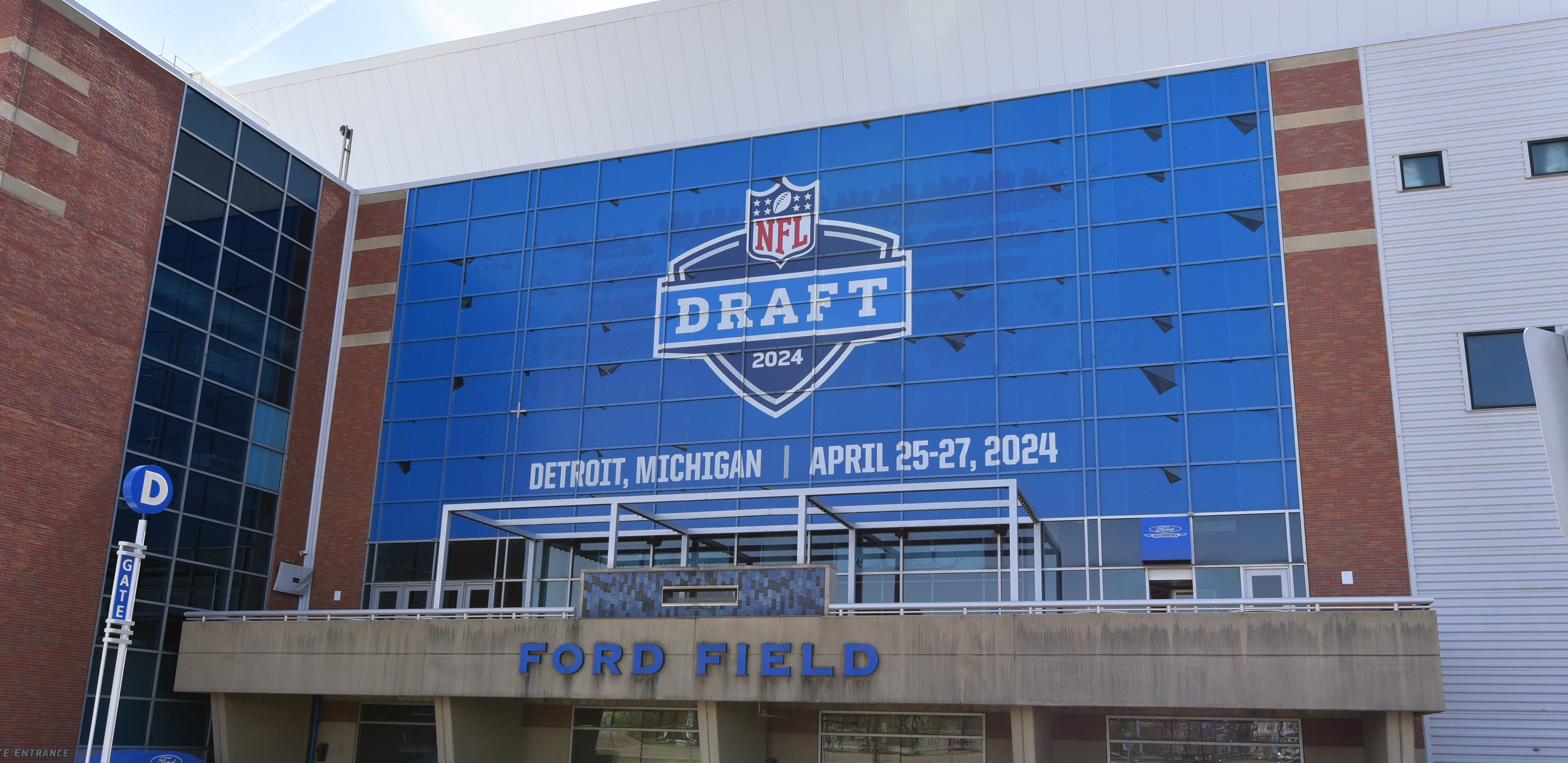
There were two schools of thought when it came to the Eagles' trade with Cleveland for the chance to take Carson Wentz with the No. 2 overall pick in the 2016 draft. One is if the club identified a franchise quarterback, it should do whatever it takes to go get that person. The other is the price was far too steep and it could set the organization back for years even if he pans out.
Yet by trading Sam Bradford to the Vikings over the weekend, the Eagles negated a significant portion of the cost it took to move up for Wentz. All of the sudden, you can easily make the case it wasn't too expensive at all.
Sound crazy? It's really not. If you walk through all of the draft capital the Eagles invested in their deal with the Browns, even count the players that were packaged to other teams that helped facilitate the end result, then compare that to the return for Bradford and all the money against the salary cap that was saved, Howie Roseman ultimately lost very little here.
Start with what was actually sent to the Browns.
Browns get:
No. 8 (traded to TEN, OT Jack Conklin)
Third-round pick (traded to CAR, CB Daryl Worley)
Fourth-round pick (traded to OAK, QB Connor Cook)
First-round pick in '17
Second-round pick in '18
Eagles get:
No. 2 (Wentz)
Conditional fifth-round pick in '17 (can become a fourth)
First of all, ignore the swap of firsts this year — they didn't really give one up if they got a higher one right back. We can also make the case that losing a fourth-round pick in 2016 only to get a fifth-rounder back next year is essentially a wash, especially when there's a chance it becomes a fourth, based on whether the Browns wind up with a compensatory selection in that round or not.
NFL
When you look at it like that, this is what the deal really boils down to:
Browns get:
Third-round pick (traded to CAR, CB Daryl Worley)
First-round pick in '17
Second-round pick in '18
Eagles get:
Wentz
Pricey, although even that isn't as outlandish as many pessimists would have you believe. It's not the king's ransom the Rams paid to get up to No. 1 this year and take Jared Goff, nor is it what Washington paid to get up to No. 2 in 2012 and select Robert Griffin III either. We've seen bigger deals.
And those teams didn't have a Bradford-type under contract that might help recoup some picks. Say what you want about Roseman being fortunate the Vikings became desperate for help at quarterback, the plan all along once the Eagles obtained Wentz was to hope Bradford could rehabilitate his value by building off of his promising finish to last season.
The call came sooner than expected, and it was more than most observers ever expected, but it turns out Bradford absolutely still has value around the league.
Vikings get:
Bradford
Eagles get:
First-round pick in '17
Conditional fourth-round pick in '18 (can become a second or third)
However unlikely the prospect may be, the fourth-rounder becomes a third if Minnesota reaches the NFC Championship Game this season, and becomes a second if the Vikings somehow win the Super Bowl. But even if we just call it a fourth, that takes some of the sting away from giving up a second for Wentz, while the Eagles get their first back, even if we are to assume it will be later in the draft order than it would've been.
All told, now the full pay-out looks something more like this.
Eagles give:
Bradford
No. 8 (traded to TEN, OT Jack Conklin)
Third-round pick (traded to CAR, CB Daryl Worley)
Fourth-round pick (traded to OAK, QB Connor Cook)
First-round pick in '17
Second-round pick in '18
Eagles get:
Wentz
Vikings' first round-pick in '17
Browns' fifth-round pick in '17 (can become fourth)
Vikings' fourth-round pick in '18 (can become second or third)
At this point, the only assets the Eagles have really sacrificed at this point are Bradford — which is debatable — a single third-round selection and we can assume some draft positioning. Again, keep in mind, this is all for a 24-year-old quarterback who is playing on a cost-efficient rookie contract for the foreseeable future and, should he pan out, will presumably at the helm for the next 10-plus seasons.
Practically the only gamble here is that Wentz will be better than anything the Eagles could've accomplished while building around Bradford.
There is one final piece to this puzzle, and that's the veteran players the Eagles traded leading up to the draft to net picks that ultimately wound up being included in the package to the Browns.
Dolphins get:
CB Byron Maxwell
LB Kiko Alonso
No. 13 (T/G Laremy Tunsil)
Titans get:
RB DeMarco Murray
No. 113 (traded to CHI, LB Nick Kwiatkoski)
Eagles get:
No. 8 from MIA (traded to CLE)
No. 100 from TEN (traded to CLE)
In a way, the Eagles didn't really get anything at all for Maxwell, Alonso and Murray. Moving up from 13 to 8 in particular made a trade more attractive to the Browns. The fourth for Murray didn't.
Of course, those moves were more to rid the Eagles of contracts and attitudes of Maxwell and Murray than anything else. Sure, they may still be starting-caliber players in the NFL, but one didn't want to be here and the other often played like it. When we look in the cap savings of those two plus Bradford, it's somewhere in the neighborhood of $20 million in 2016 alone. Alonso as a throw-in could come back to haunt Roseman, but overall, the money made it worth the risk.
Now that Bradford is gone and we don't have to wait a season to see what the Eagles could get in a trade, it's difficult to argue this business with Wentz came at great cost to the organization. The fact of the matter is, it didn't. Not unless you feel strongly Bradford could fulfill his potential or Wentz will be a bust, or if for some reason you think the losses of Maxwell, Alonso or Murray are going to hold this team back.
Roseman managed to do whatever it took to get the Eagles their quarterback of the future, and because of the way he went about doing it, the cost to the franchise was as minimal as can be.


